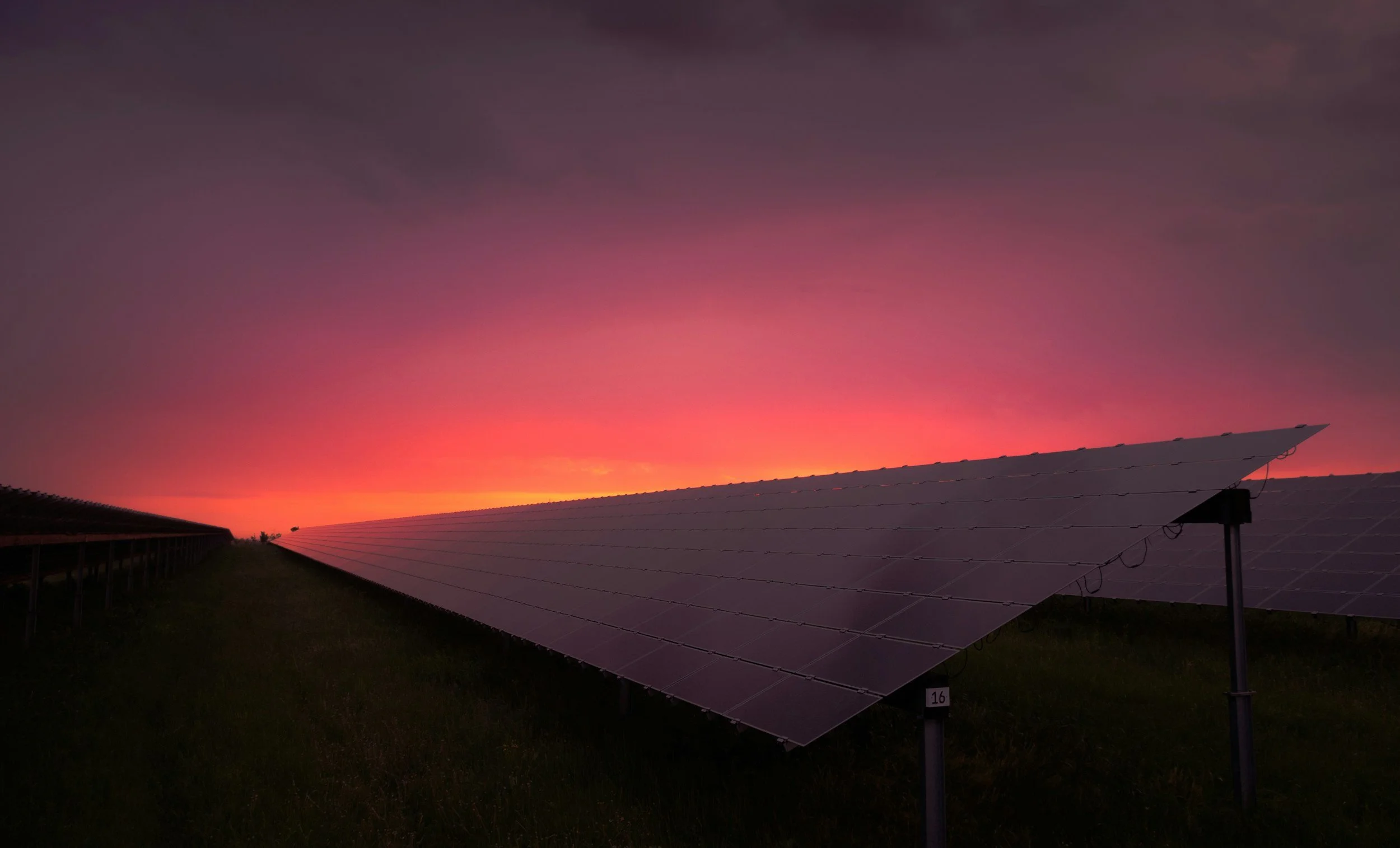Energy Market Update - 07 April 2025
Energy prices dropped sharply to multi-month lows as the fallout from US tariffs continued to ripple through global markets. Softer demand outlooks and a bearish wider macroeconomic environment dominated sentiment.
Natural gas prices extended their losses on Friday with the TTF front-month contract falling to €36.40/MWh from €39.20, and the NBP equivalent settling at 88.75p/therm from 95.38p. Early trading this morning saw further downside, with the TTF front-month last at €34/MWh. The US tariff announcement triggered broad-based sell-offs, dragging gas contracts across the curve, particularly those through to Winter 2025. Asian financial markets declined for a third consecutive session, adding pressure to global demand forecasts. Meanwhile, milder weather is expected to reduce heating demand across Europe, with German temperatures forecast to be up to 5°C above seasonal norms and the UK up to 3°C warmer over the coming week. This has supported a shift from withdrawals to early-stage injections, with EU storage levels rising slightly to 34.76%.
UK system demand opened long this morning, with Norwegian flows increasing to 304 mcm/day following the resolution of planned outages. LNG send-out remains stable, and three LNG cargoes are expected in the UK in the coming weeks, supporting overall supply. In broader gas markets, the NBP day-ahead fell to 89.50p/therm, with forward contracts through to Summer 2026 also retreating significantly, driven by macroeconomic concerns and excess supply.
Power markets tracked the downturn in gas, though the declines were somewhat muted along the curve. UK Baseload Day-Ahead dropped heavily to £54/MWh, down from £74, while the front-month fell to £73.10/MWh and the front-season to £83.89/MWh. The power market faced dual pressures from softer gas prices and strong renewable generation, particularly wind and solar, despite short-term underperformance from wind earlier in the week.
Temperature forecasts suggest a decrease in heating-related electricity demand, reinforcing the downside pressure. Additionally, UK power margins remain supported by stable nuclear and gas-fired generation, with gas for power demand elevated temporarily due to below-normal wind output. Maintenance at EDF’s nuclear fleet continues, though the utility reaffirmed its 2025 output target. Interconnectors remain a modest influence on UK pricing, with steady cross-border flows.
Other commodity markets also saw steep declines. Brent crude dropped to a three-year low, settling at $65.58/bbl from $70.14, pressured by Saudi Arabia’s decision to cut official selling prices amid weakening global demand. European carbon prices followed suit, with EUA December 2025 certificates falling to €63.82/tonne from €66.06, and the UKA equivalent dropping £1.60 to £43.28/tonne. The carbon market remains weighed by diminished industrial activity forecasts and lower power sector emissions expectations.
Coal prices also eased, with the ARA CIF Cal-26 benchmark down to $106.53/tonne, reflecting similar demand-side pressures. Meanwhile, global LNG benchmarks softened, with JKM dropping to $11.79/MMBtu and the TTF equivalent slipping to $11.76/MMBtu, aided by surplus supply from diverted US cargoes amid continuing trade restrictions with China.
